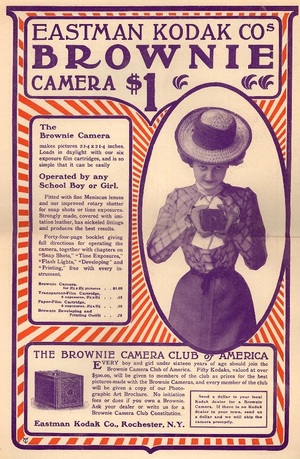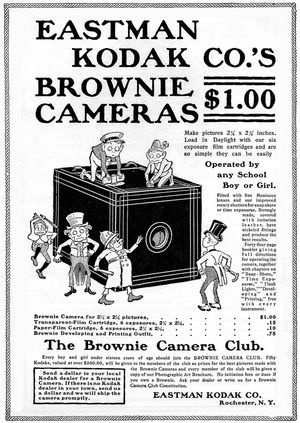“Art of the Masses: From Kodak Brownie to Instagram,” Networking Knowledge 8, No. 6 (2015). Special issue “Be Your Selfie: Identity, Aesthetics and Power in Digital Self-Representation,” edited by Laura Busetta and Valerio Coladonato. Open-access online journal. ISSN: 1755-9944.
Access the article on the Networking Knowledge website.
Learn more about the special issue “Be Your Selfie: Identity, Aesthetics and Power in Digital Self-Representation” of the journal Networking Knowledge.
Abstract:
In history of photography, new technological developments often have provided a basis for new forms of imagery. These, in turn, are followed by new ways of theorizing the photographic image. For example, the cheapness and ease of use of the Kodak Brownie camera around 1900 gave rise to a massive popularity of amateur photography, introduced the snapshot, and established a tradition of family photograph albums.
Similarly, around 2010 we saw a rise in popularity of a new kind of image-making, image-sharing, and image-viewing device, which I propose to call the networked camera. This networked camera consists of a smartphone with a built-in camera, wireless internet connection, and online image-sharing apps and other social media. The availability of such devices have provided the technological basis for the formation of a new sub-genre of amateur (or vernacular) photography – the selfie. The selfie continues the tradition of photographic self-portraiture yet at the same time presents us with a radically new type of image that demands equally new ways of analyzing it.
Arguments put forward in this article are based in my involvement in research project Selfiecity (2014) led by Lev Manovich and his research lab Software Studies Initiative. This project was based on a dataset of 3,200 selfies posted to Instagram during one week from five global cities: New York, Moscow, Berlin, Sao Paulo, and Bangkok. Research methods included computational analysis (such as software-driven face recognition and use of custom-made data visualization tools) as well as formal and content analysis of each individual image.
This article reveals some of the inherent complexities of understanding the selfie that the methods and findings of Selfiecity have helped to articulate. Seeking for valid methods of theorizing and contextualizing the selfie, this article attempts to combine insights from the perspectives of history of photography and art history, digital humanities, and software studies.




